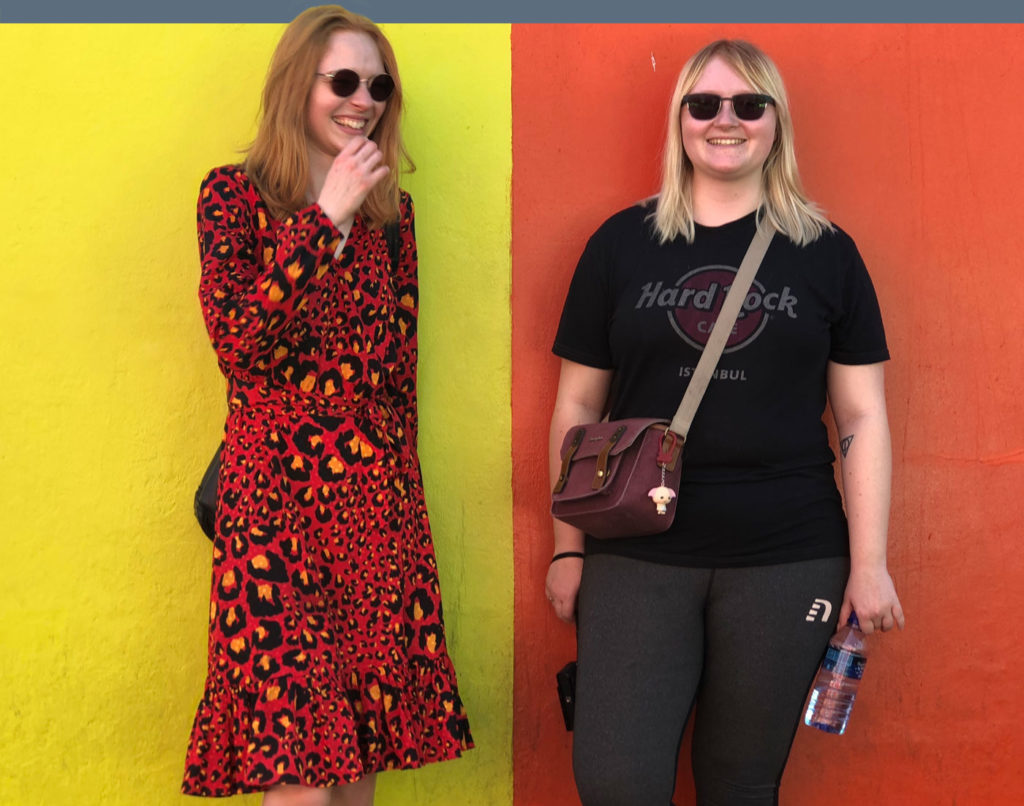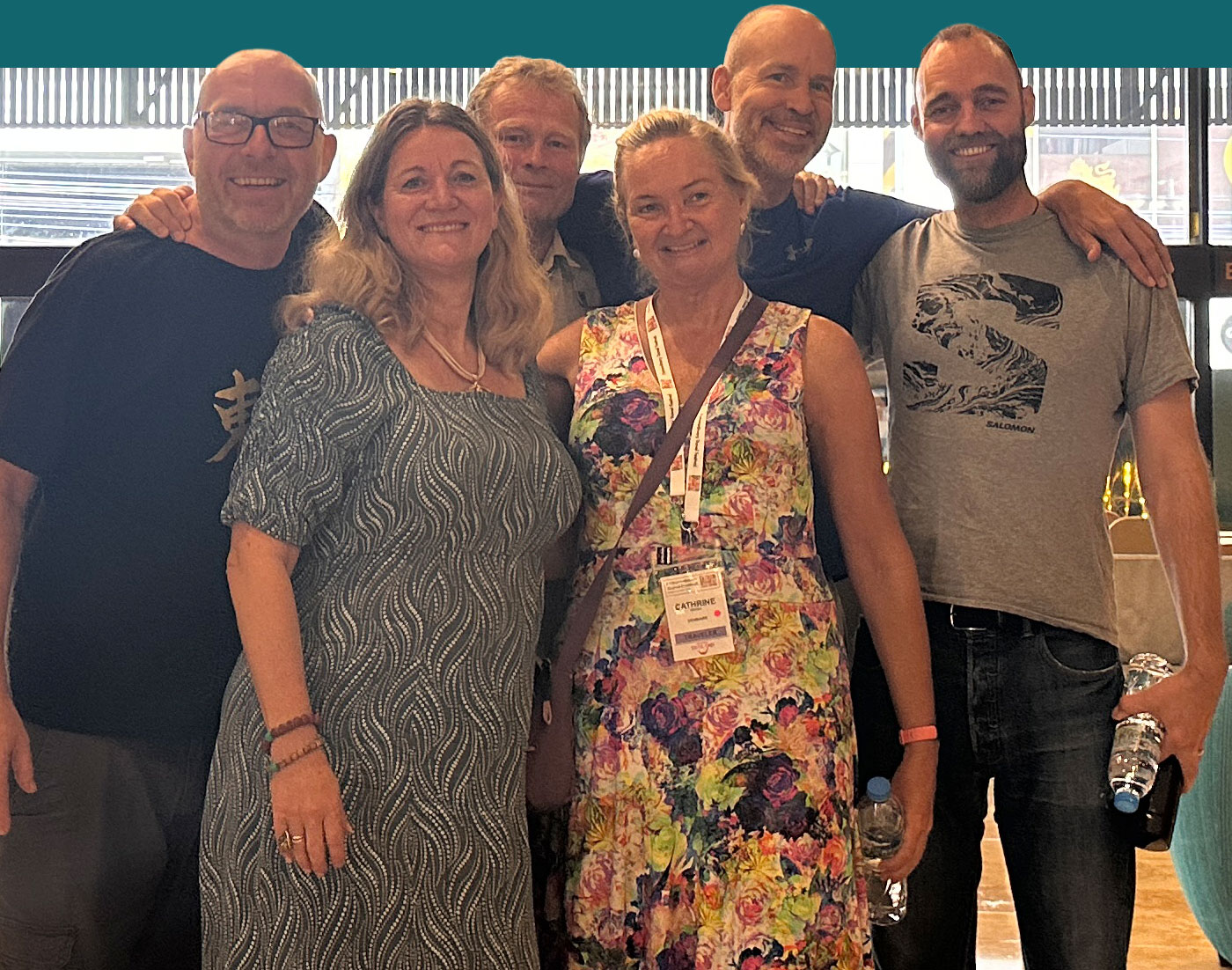Howzit from Cape Town!
As a full-time solo traveller it’s always a special treat to have visitors come and join me to share in my travels along the way, especially when it’s my kids.
You might remember that my youngest daughter travelled with me for 4 months at the beginning of my journey to Asia back in [MONTH/YEAR]. She met me in Bangkok, and then we travelled together to Chiang Mai in Thailand, Laos, Vietnam, Cambodia, Hong Kong, China, North Korea, and South Korea. And when we finally reached Japan my oldest daughter joined us, and we all spent 2 weeks together exploring the country during the famed cherry blossom season.
Since then I’ve only been able to see them on a handful of occasions when I’ve had the chance to return to Denmark. This is obviously tough for me as a father, but I am happy that we get to travel the world together for months at a time when the opportunity strikes. We cram all the lost time into amazing adventures together that create memories we will cherish for the rest of our lives.
So, when I told my daughters I was planning to travel to Cape Town they decided to be spontaneous and book a flight to come visit me. And I couldn’t be happier!
Excited by this prospect, the inner tour guide in me began plotting and planning our trip around the Mother City to show my daughters what a remarkable country South Africa is and why I love it so much.
So here is our itinerary to explore the wonderful city of Cape Town nestled on the southern tip of Africa. We had an absolute blast and loved every minute of it. If you ever find yourself in Cape Town be sure to try my Top 10 things to See in Cape Town in a Week.
1. ROBBEN ISLAND
The first must-see item on the list is the famous Robben Island, a small piece of land off the coast of Cape Town where Nelson Mandela and other opposers to the Aparthed regime were held prisoner for many years. You can take a ferry from Cape Town harbour to Robben Island (often referred to as Cape Town’s Alcatraz) and have a guided tour of the prison and island by ex-political prisoners who spent many years captive on the isolated island.

FACTS ABOUT ROBBEN ISLAND:
- The World Heritage Site, Robben Island takes its name from the Dutch word for seals (robben), the Dutch/Afrikaans name Robben Eiland translates to Seals Island.
- It’s 7 kilometres (4.3 mi) of the coast of Cape Town – and the island itself is 3.3 km (2.1 mi) long, and 1.9 km (1.2 mi) wide.
- The island was first used as a political prison in the mid-1600s. This was where the Dutch settlers sent people who refused to bend to colonial rule.
- In 30 years from 1961, a maximum-security prison here held enemies of apartheid.
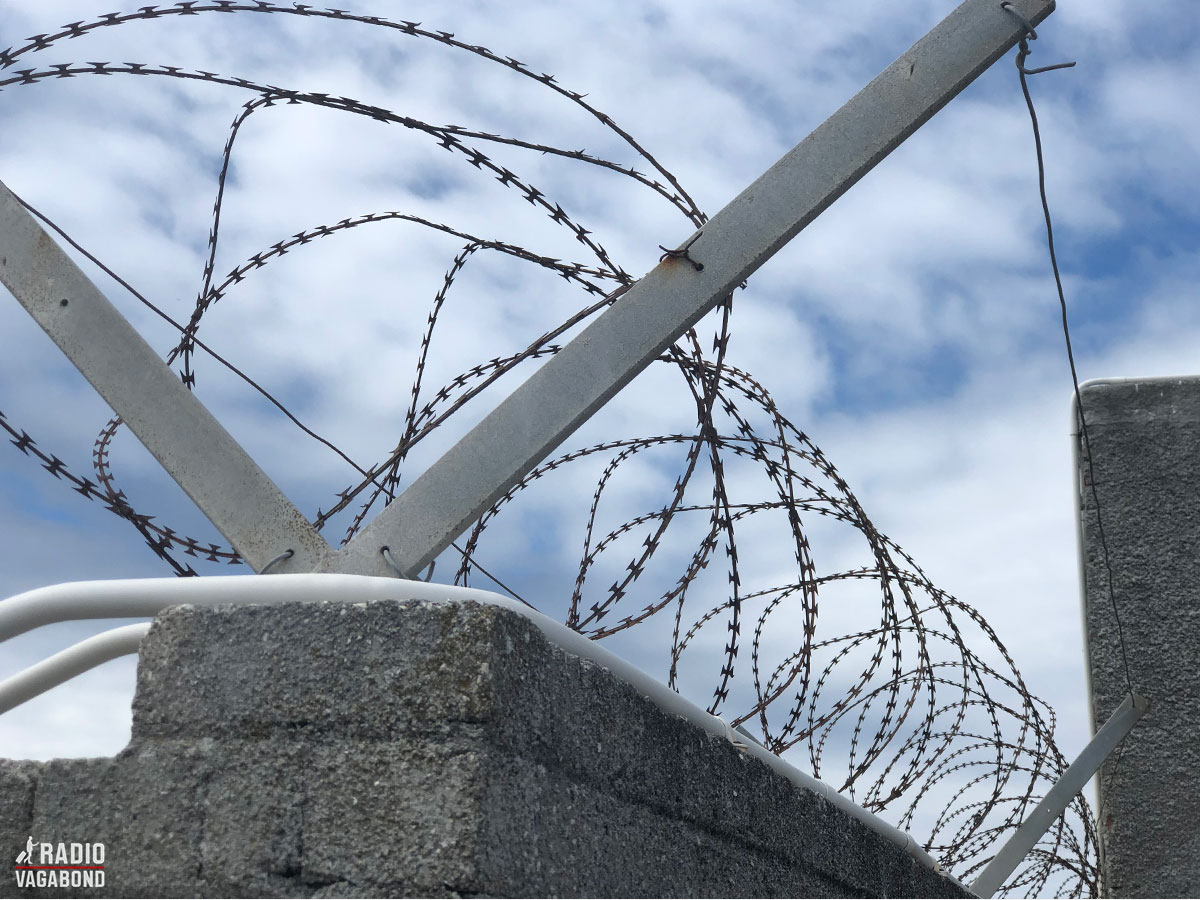

One of the prisoners was behind bars here for 18 years, was a political activist named Nelson Mandela. The South African also call him Madiba – and our guide, who’s also an ex-prisoner, calls him Father Mandela.
In total Father Mandela served 27 years in prison until he was released in 1990.

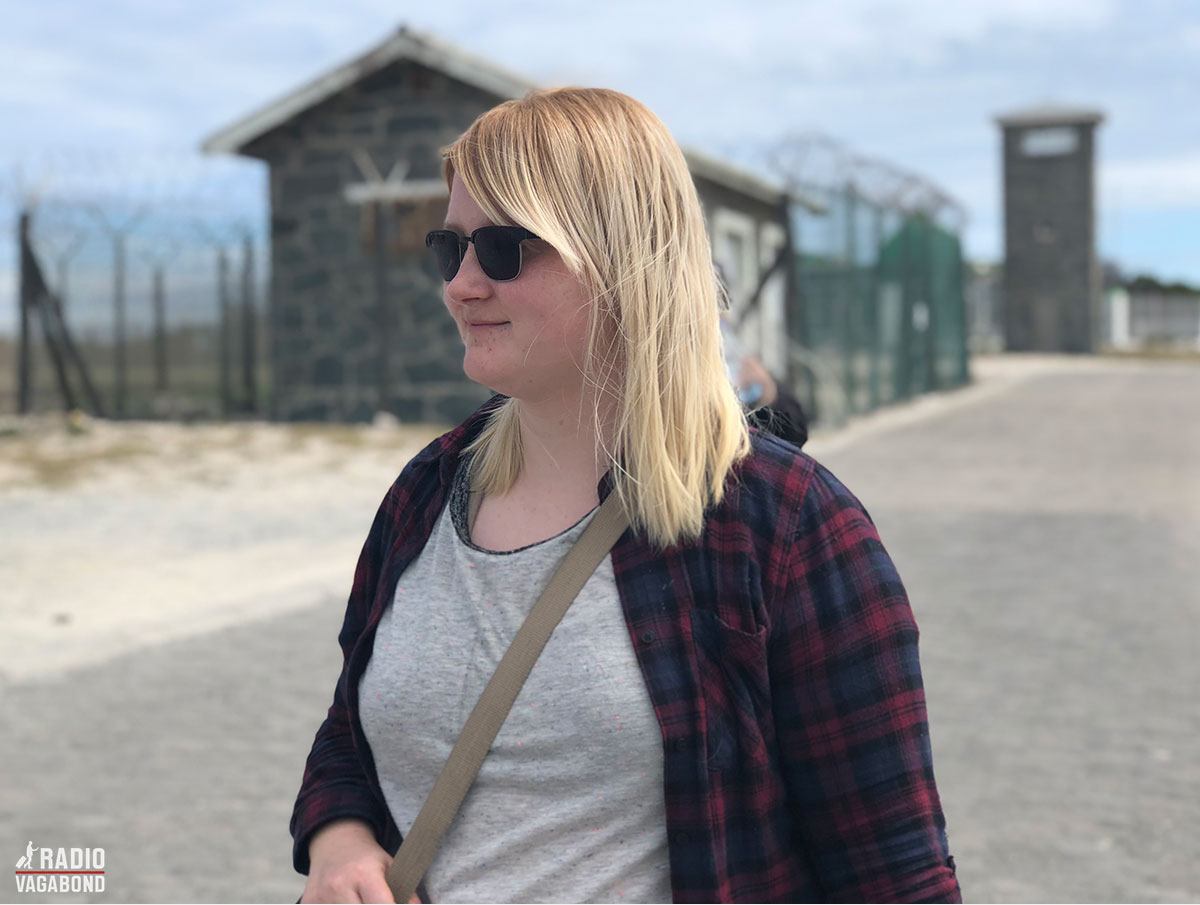
After the fall of apartheid, he was awarded the Nobel Peace Prize in 1993 together with the former president, Frederik Willem de Klerk, and one year later this former prisoner of Robben Island was elected President of South Africa.

And then we get into the corridor with the cells in B-Block. One of them being the cell of prisoner #466/64 – Nelson Mandela.
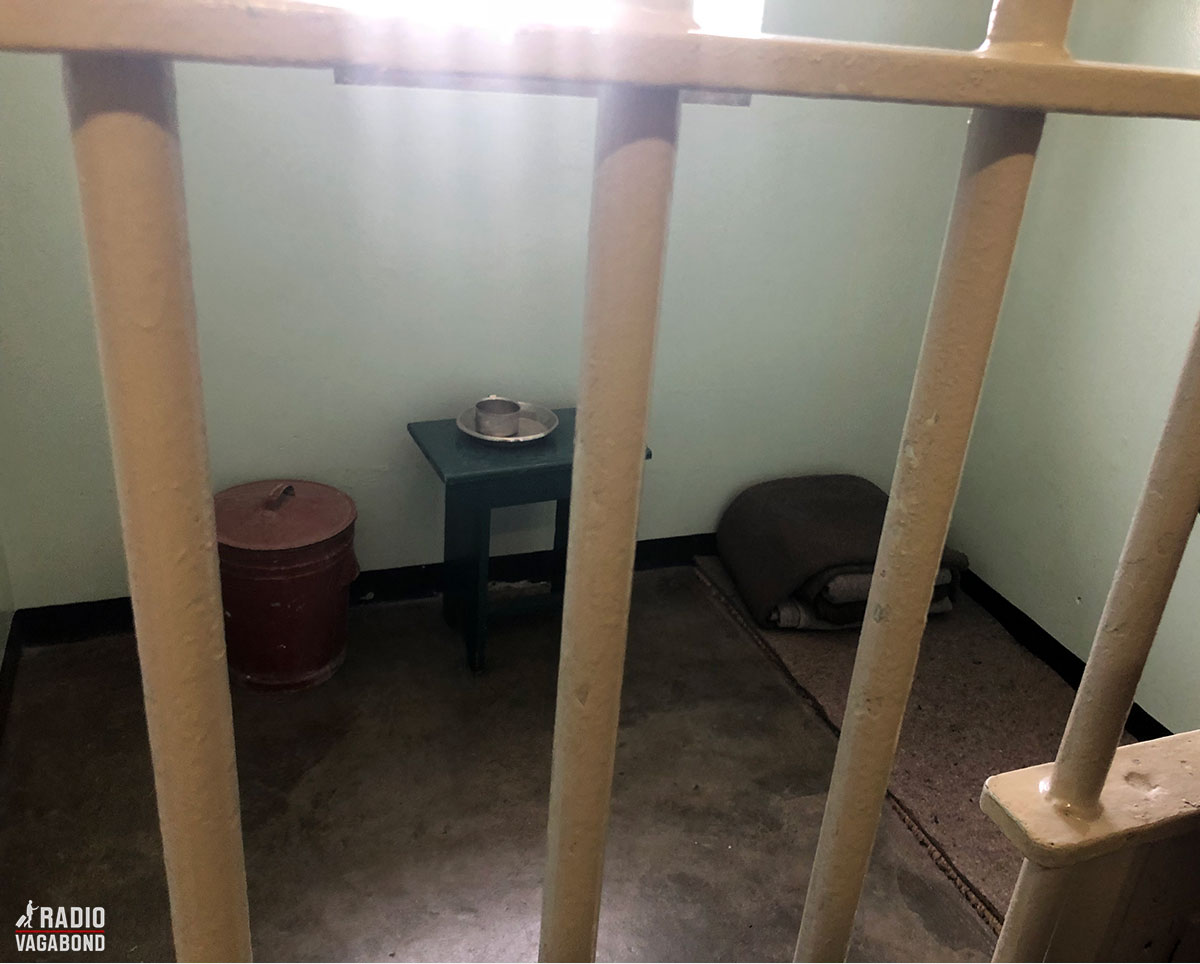
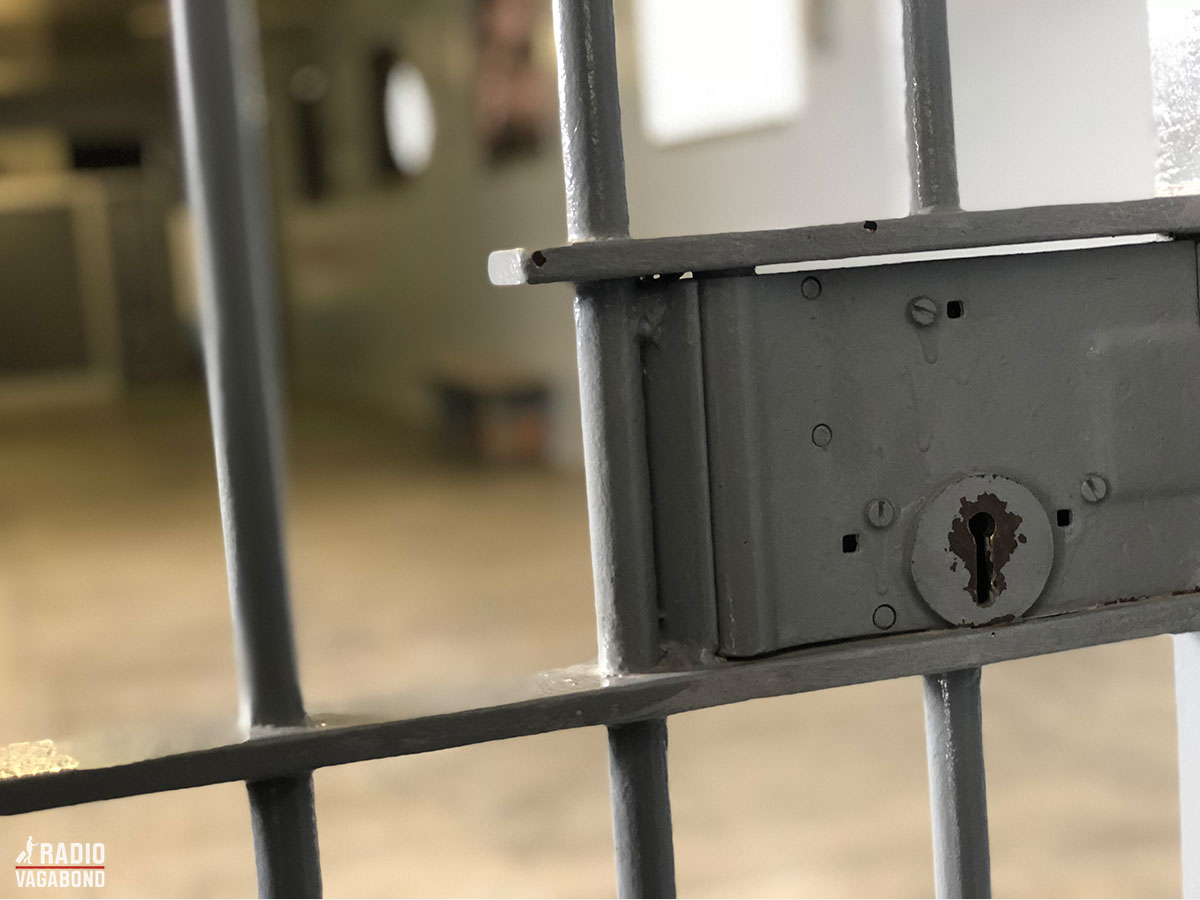
They were allowed one visitor a year for half an hour, and one censured letter every six months of no more than 500 words.

I remember walking into the corridor of cells in B-Block which contained the tiny cell of prisoner #466/64 – Nelson Mandela. Conditions on Robben Island were notoriously harsh, and prisoners were subject to abuse and hard labour mining limestone. They were allowed only one visitor a year for a total period of half an hour, and one censored letter of no more than 500 words every 6 months.
After he was released from prison during the fall of apartheid in 1990, Nelson Mandela emerged a hero and leader of the African people who were suppressed by the white Afrikaans government through the institutionalised racial segregation of the Aparthed regime. For his role in the peaceful revolution of the country, Nelson Mandela was awarded the Nobel Peace Prize in 1993 together with the former president of South Africa, Frederik Willem de Klerk. One year later the former prisoner of Robben Island was elected President of South Africa’s new democracy.
A WONDERFUL OPPORTUNITY
I currently find myself in lockdown alone in an apartment in Cape Town in the middle of the Corona Pandemic, editing this episode. We’re not allowed to go outside for a walk unless it’s to a supermarket or the pharmacy.
We’re told to stay at home. And when I think of the 18 long years Nelson Mandela spent in that tiny cell on Robben Island, it makes me quickly realise that none of us should complain. We have the modern luxuries of Netflix, YouTube, WIFI… and TikTok. We have music, radio and podcasts. We can talk to our friends via video calls – and we do that all the time.
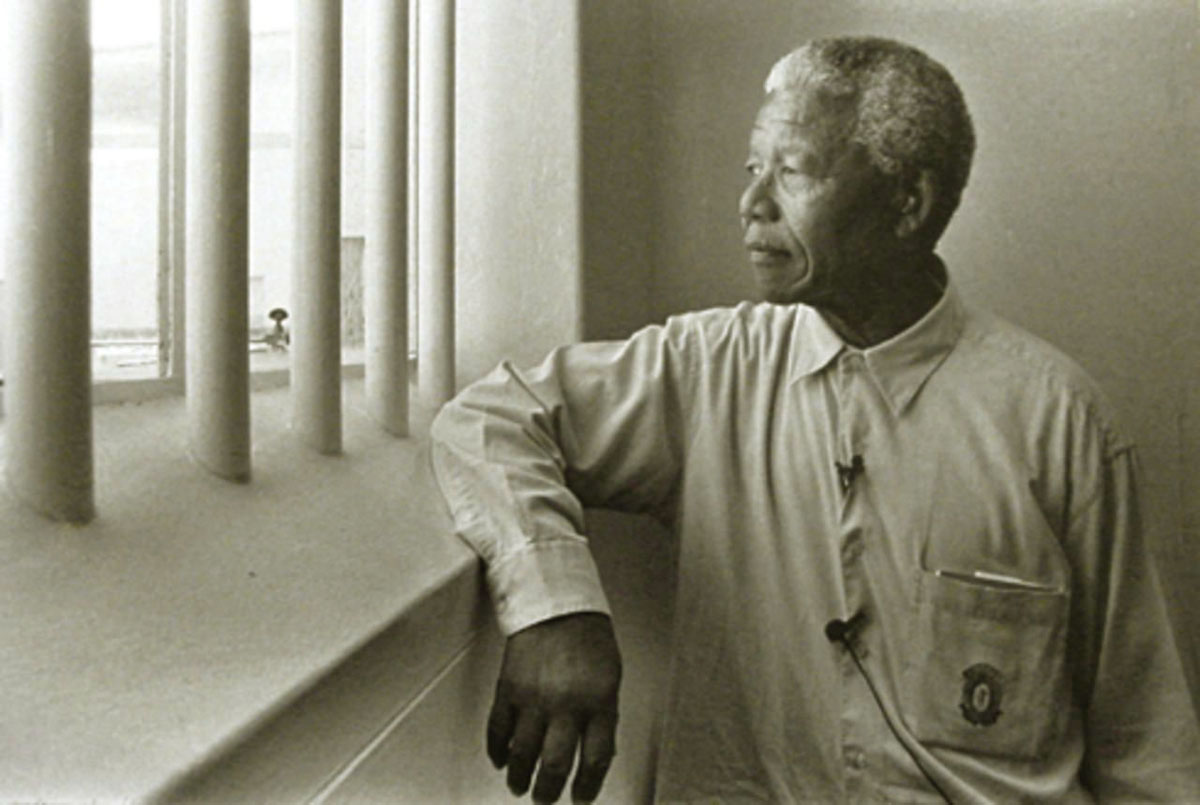
Mandela was just alone with his thoughts. And still, he later said that he came out of prison a better man. Thar being alone with your thoughts give him a “wonderful opportunity” to think.
What a remarkable man. He said this not long after he was released from prison after 27 years of incarceration as a political prisoner – most of which was spent in a small cell with a straw mat to sleep on, a bucket as a toilet, and a light bulb shining in his head 24 hours a day.
Let that sink in.
And perhaps give this a thought: should we use this difficult time of social distancing as a ‘wonderful opportunity’ to sit alone and think?
LIMESTONE QUARRY MADE MANDELA “SNOW BLIND”
After our tour of the prison we went on a bus ride around the island and passed a bleak limestone quarry. It was here that Nelson Mandela and his inmates worked virtually every day for 13 years, digging up rocks, some of which paved the road we were driving on.
The African sun is so relentless causing the white limestone quarry to be so bright and dusty that Mandela developed ‘snow blindness’ which damaged his eyes.
Our guide also told us how Mandela and other heroes of South Africa’s anti-apartheid movement used their time in this quarry to teach each other literature, philosophy, political theory, and much more.
In 1997, three years after the apartheid regime finally fell, the prison was turned into the Robben Island Museum.
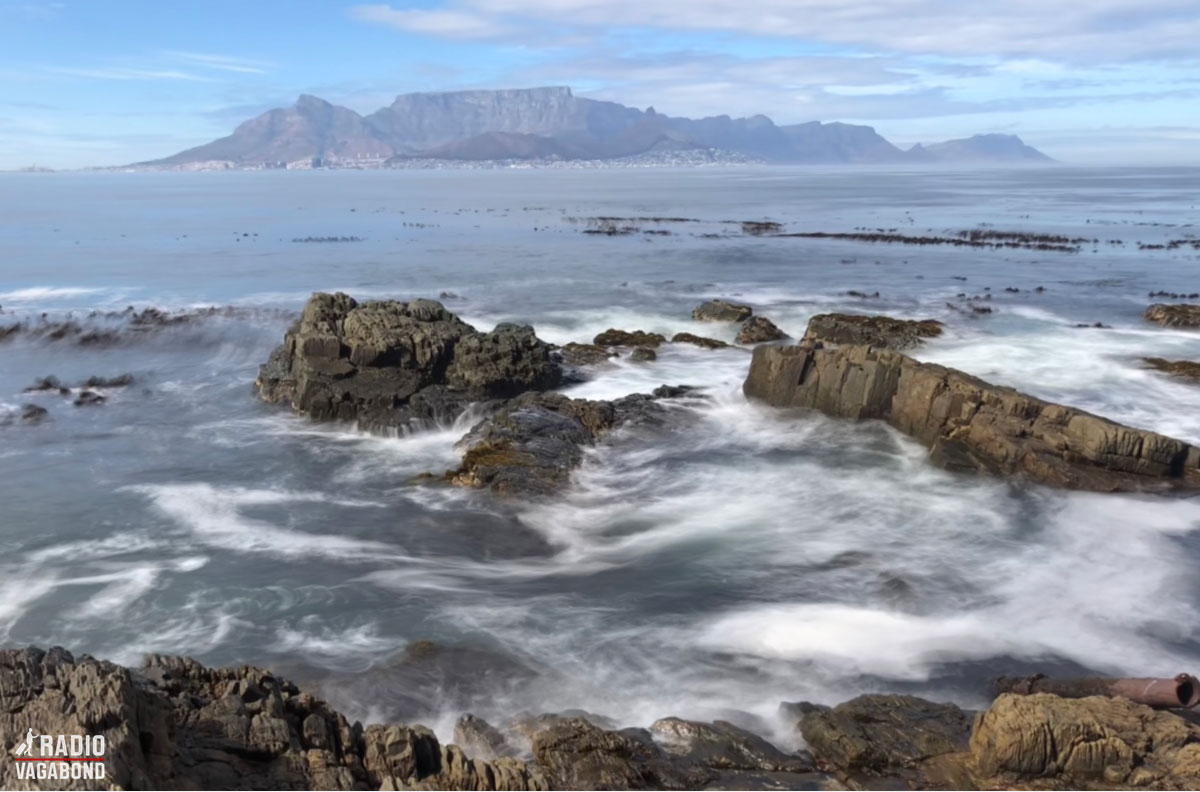
It was a truly memorable and sobering experience to see the prison cell where Nelson Mandela was held captive for 18 of his 27 years of incarceration. Words cannot describe how this tour impacted me, so I suggest you visit the island to experience it first-hand.
Robben Island is a must-see for any visitor to South Africa. Tours leave Cape Town 4 times a day, and even though I’ve been here before I’m glad I went back and shared the experience with my daughters.
2. BO-KAAP WALKING TOUR
We’re at the foot of Signal Hill at the edge of the city centre and we’re about to go on a tour in what used to be known as the Malay Quarter. We’re going to Bo-Kaap, one of Cape Town’s most distinct local neighbourhoods.
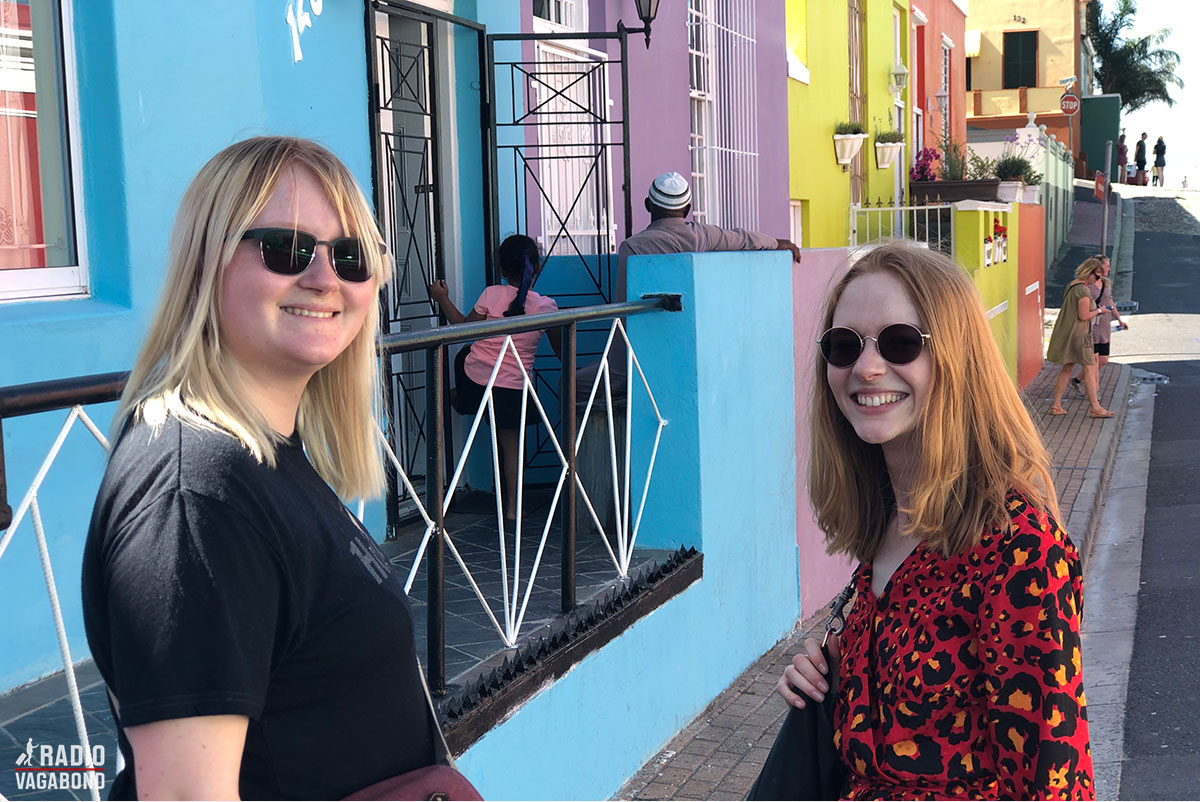
The neighbourhoods date back to the 1760s when a number of rental houses were built and leased to slaves. These people were known as Cape Malays, and were brought here from Malaysia, Indonesia and the rest of Africa to work in the Cape. It was one of the first South African settlements of freed slaves and Muslim immigrants.




“Most of the houses were pretty identical, and the people really struggled to find his place. So, the doctor thought that he would paint his house red with white stripes. And then the tailor that that this was a brilliant idea, and so did the cook. So they initially started to paint their houses to suit the colours of choice.”
Today, all the houses are painted in bright, energetic colours and the neighbourhoods are bustling with locals and tourists. But that was not always the case. When slaves were living here the houses had to be painted white. When this rule was finally lifted, and the slaves were allowed to buy the properties, they began painting the houses in bright colours as an expression of their freedom and a protest against oppression – even the oppression of colour during apartheid.
Today the tailors still use the colours orange and pink, and the cooks still use the colour purple.
Bo-Kaap is as vibrant as it is culturally rich. This historic quarter is a dynamic melting pot of cultural attractions, from traditional restaurants, craft markets, and museums, to mosques and churches. A visit to Bo-Kaap provides a look back in time, as well as a window into the neighbourhood’s modern culture.
You can sample the local cuisine on a food tour, visit the Bo-Kaap Museum in the quarter’s oldest building, or get personal insights from a local on a guided walking tour like we did.

Bo-Kaap is also world-renowned for great Instagram photos – especially if you bring two beautiful models as I did.
Try Free Walking Tours Cape Town to get a unique perspective of Cape Town’s diverse neighborhoods.
3. LANGA TOWNSHIP IS SAFE AND FRIENDLY
The next day my daughters and I took a trip to Langa – one of the oldest and largest informal settlements/townships in the country, situated on the outskirts of the city.
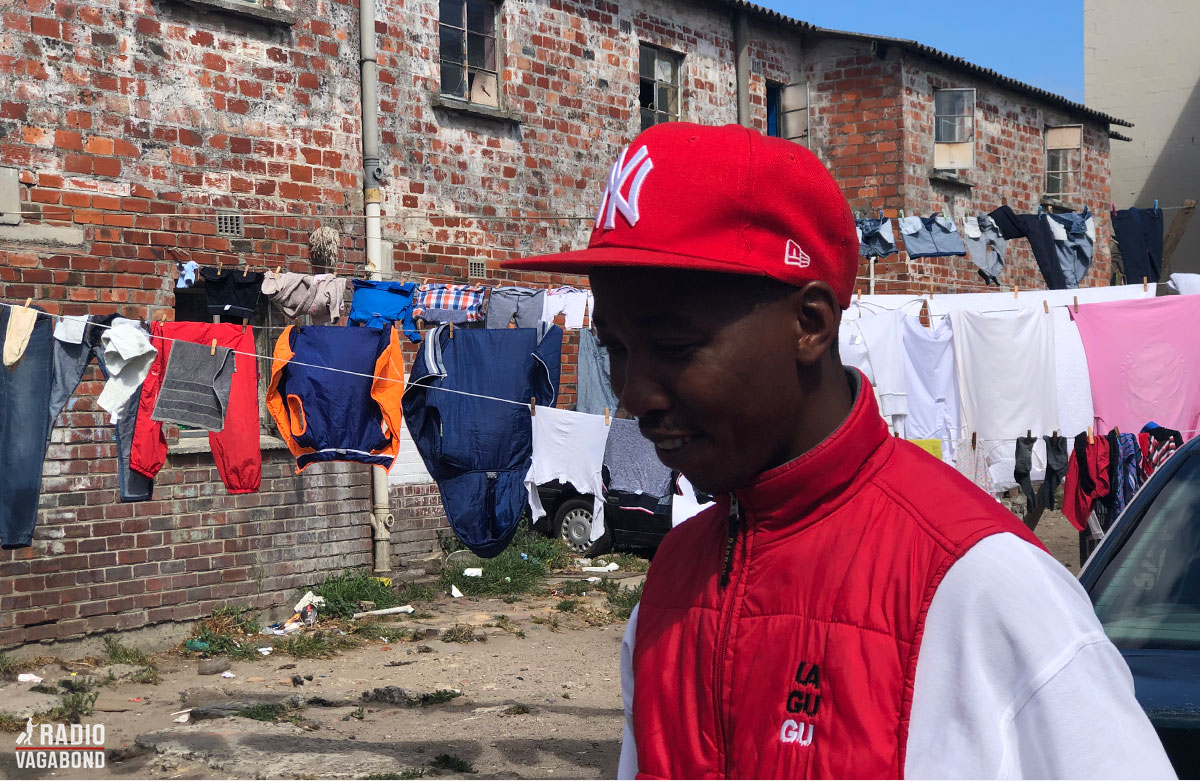
When we arrived in Langa, we met up with our local guide and set out on foot to explore this wonderful community. Being on foot is a more real and immersive experience than driving from one location to another. It gives you an opportunity to interact with the people as they go about their daily lives. We were introduced to the vibrant township community and the bustling Langa Arts Quarter.
THE STORY OF THE DOMPAS – DUMB PASS
After a visit to an arts and craft workshop, we went to the Langa Heritage Museum, which is also referred to as the Dompass Museum to learn more about the people living in Cape Town’s oldest township.
“Dompas” quite literally means dumb pass – or “stupid pass”. During apartheid, all non-white people were required to carry identification passbooks when they were outside the township. If they didn’t carry their dompas they would either receive a fine, get arrested, or get removed from the city and placed elsewhere in the country.
The atmosphere in the museum is a mixture of abuse, sadness, defiance and triumph. But it is very interesting nonetheless.
THE SHARPEVILLE MASSACRE
On 21 March 1960 in the small town of Sharpeville near Johannesburg, over 50,000 people burnt their dompas’s in protest against the apartheid pass laws.
The unarmed pretest group gathered outside the police station without their passbooks. They wanted to state their case by getting arrested. But instead, police opened fire on the crowd – shooting protesters in the back as they were running away. In 2 minutes, police fired more than 1300 bullets. They killed 69 people including eight women and ten children and wounded 180 in a hail of submachine-gun fire. The massacre gained worldwide attention, with the image of the deceased young student Hector Peterson being carried by a classmate, being spread around the world as is seen as the spark of the revolution in South Africa.
Since the founding of democracy in 1994, 21 March has been commemorated as Human Rights Day in South Africa, and Sharpeville was the site selected by President Nelson Mandela for the signing of the Constitution of South Africa on 10 December 1996.
THE KIDS OF LANGA
After our visit to the Dompas Museum, we went for a walk around Langa visiting homes and experiencing a variety of lifestyles found in the cramped but always jubilant township. On the way there we met a group of young boys in school uniforms.
The children in Langa are very open to visitors, as children are in most places in the world.

I highly recommend that you go on a township tour when you’re in Cape Town. It’s a different experience to visiting the spectacular beauty of Cape Town. Here the beauty is not in the mountains, the scenery or the plants – here the beauty is in the people.
You will meet people who have struggled and overcome. As you know, South Africa has been extremely segregated for decades during apartheid. And still today, they have some of the greatest separations between the rich and the poor anywhere in the world.
By understanding the struggles of the past, seeing how people make the most of difficult situations, and talking with the people face-to-face, you will leave with a whole new feel of South Africa. And that’s why we went, and I’m glad I also chose to share this experience with my daughters.



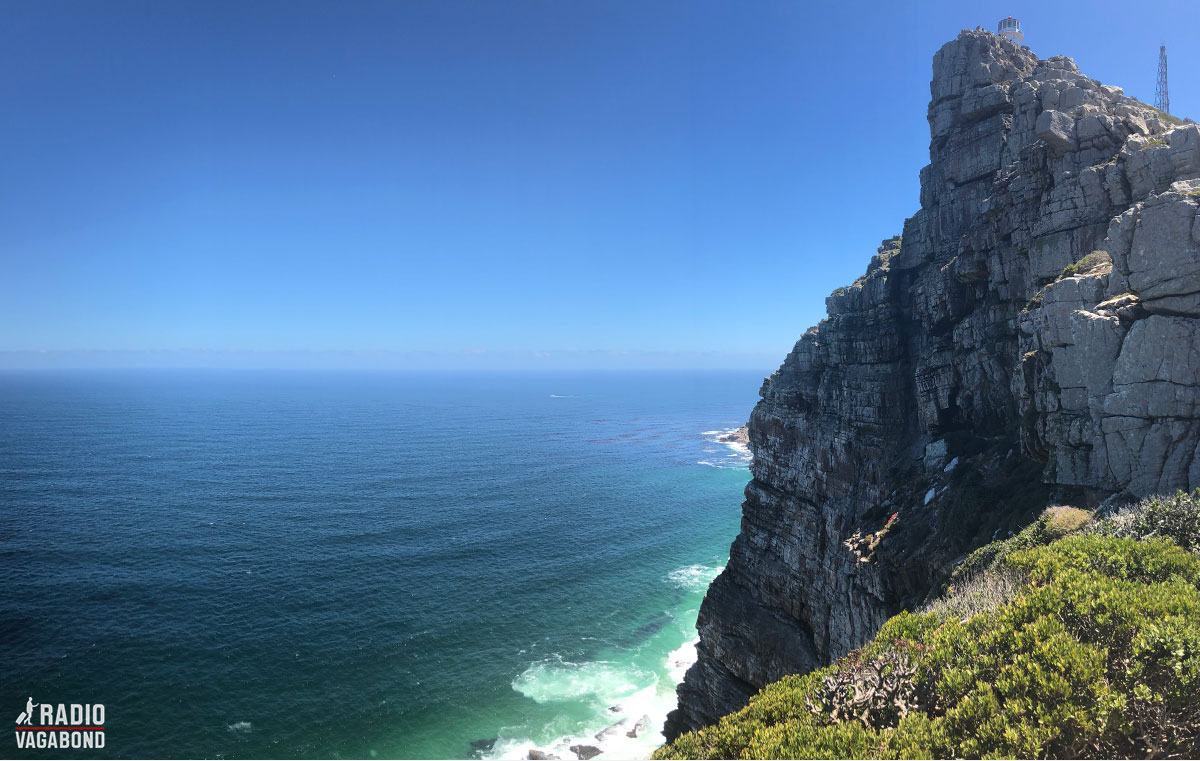

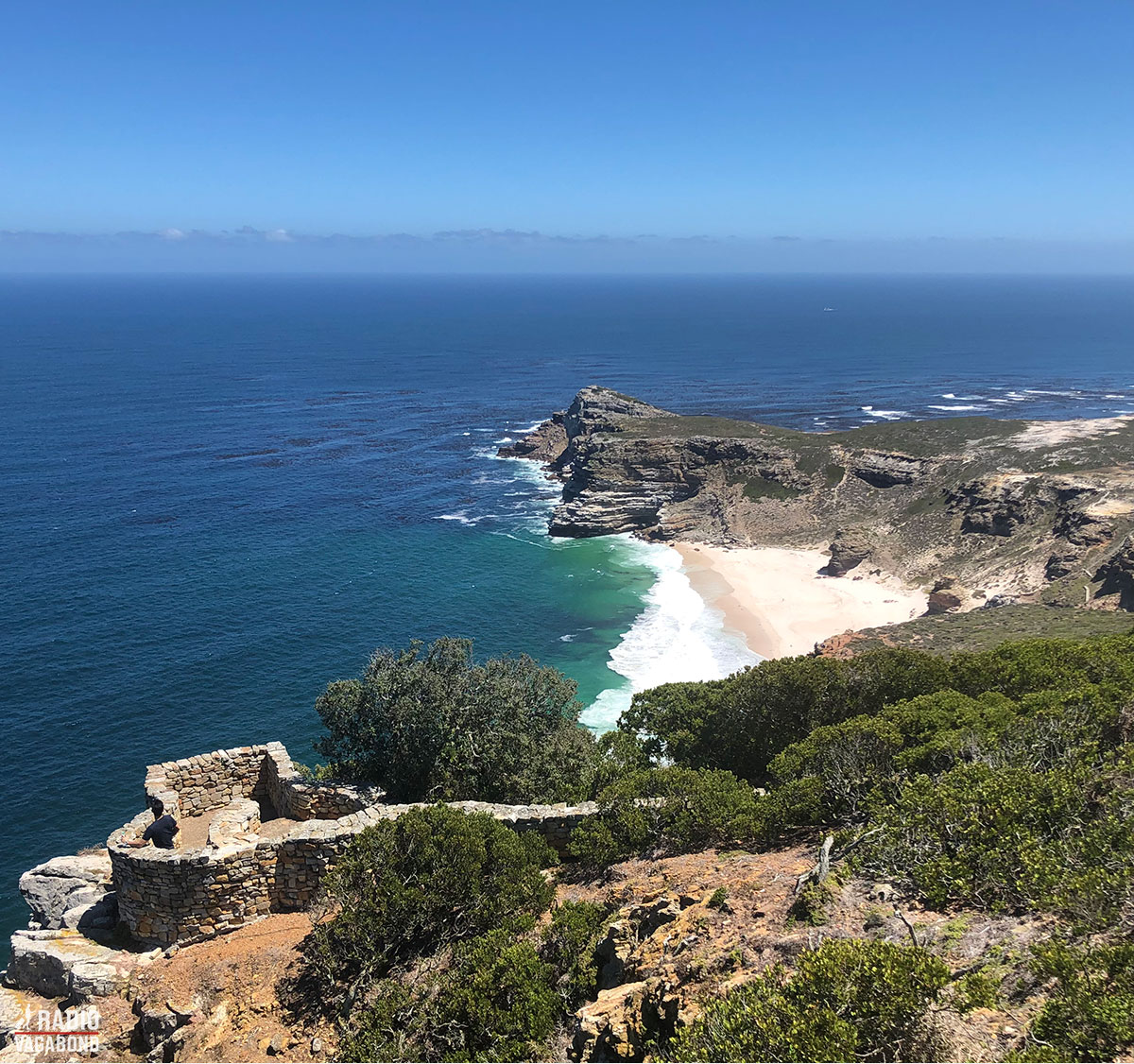
TOP 10 THINGS TO SEE
Here is the complete list of things to see if you only have a week in Cape Town – like my daughters did.
- Robben Island.
- Bo-Kaap.
- Table Mountain.
- Langa township tour.
- Drive on Devils Peak Drive.
- Cape Point.
- Winery tour and see the stunning nature in the area.
- The African penguins on Boulders Beach in Simon’s Town.
- Lion’s Head.
- See the sunset from Signal Hill.
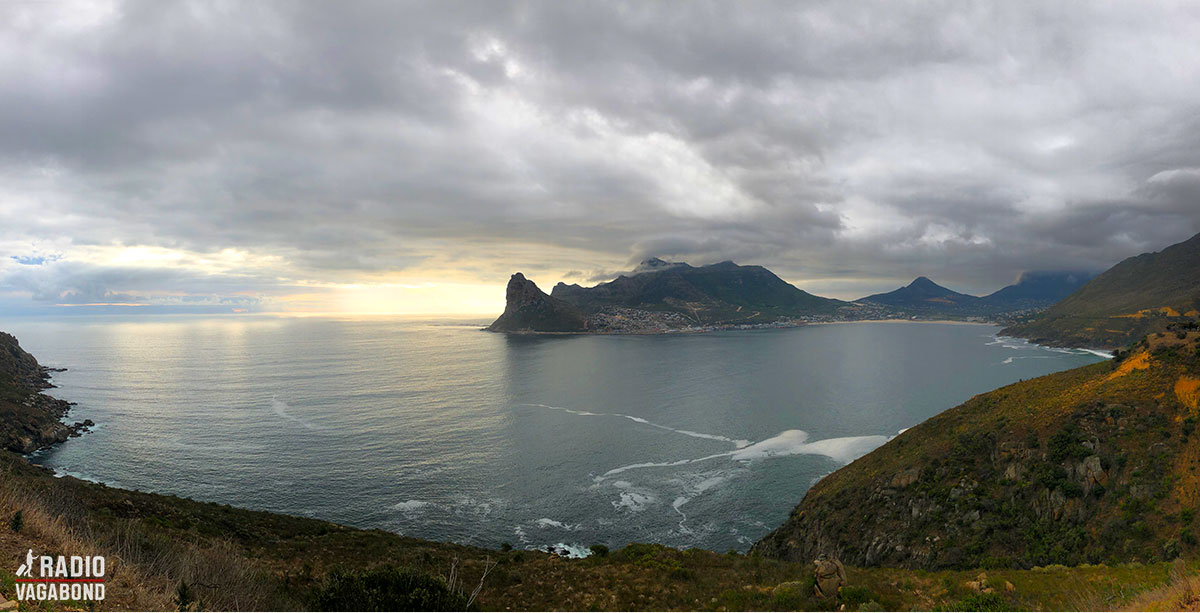

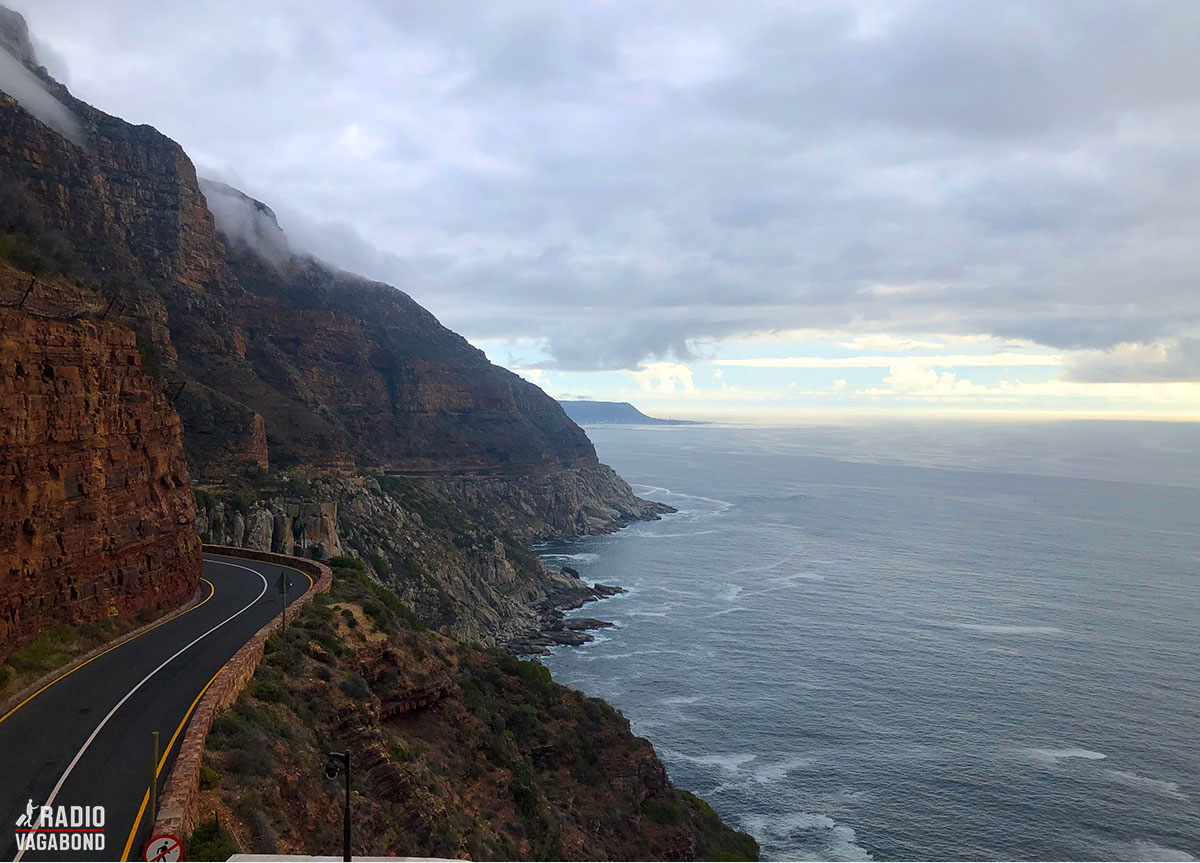


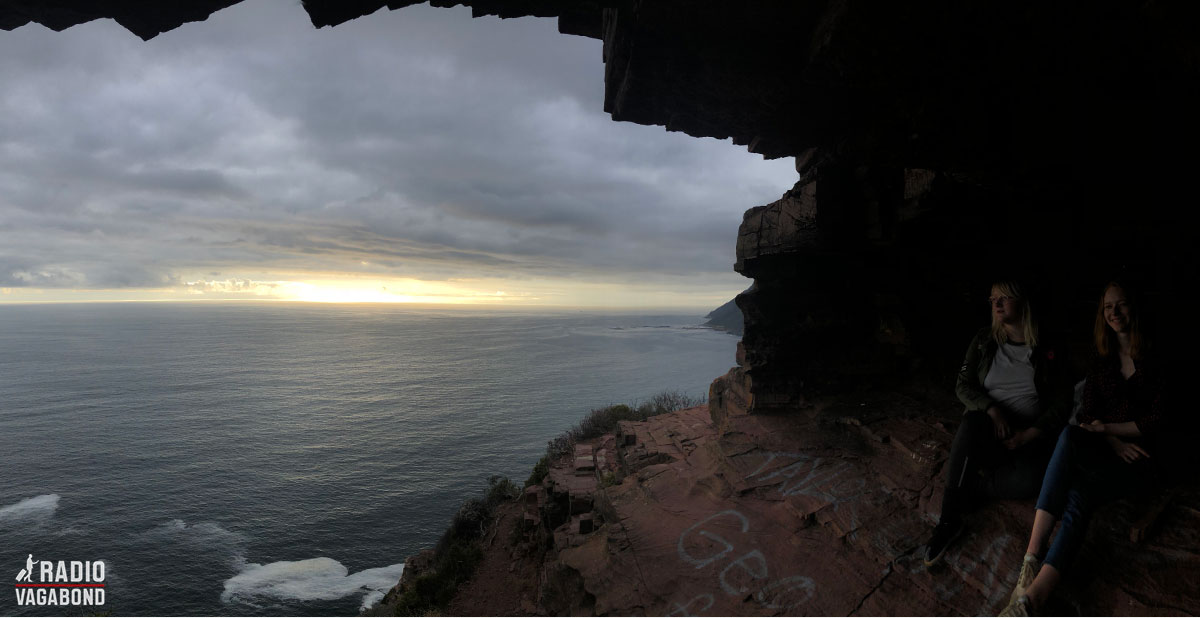
MORE TO SEE
Above is a short list of things to do in Cape Town but that number only scratches the surface. You should make time to simply hang out in the city bowl, go to the market on Greenmarket Square, enjoy the ocean at Sea Point and spend some time in V&A Waterfront.
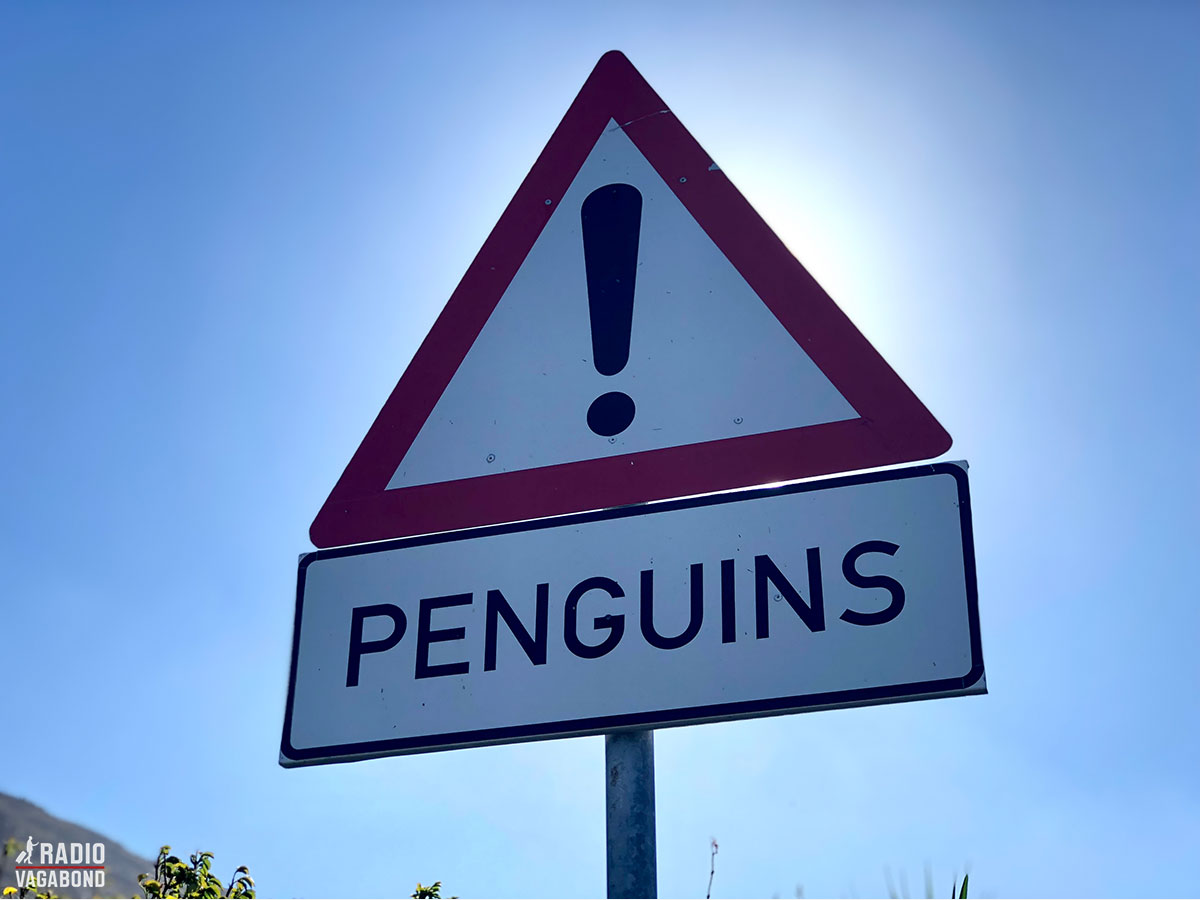

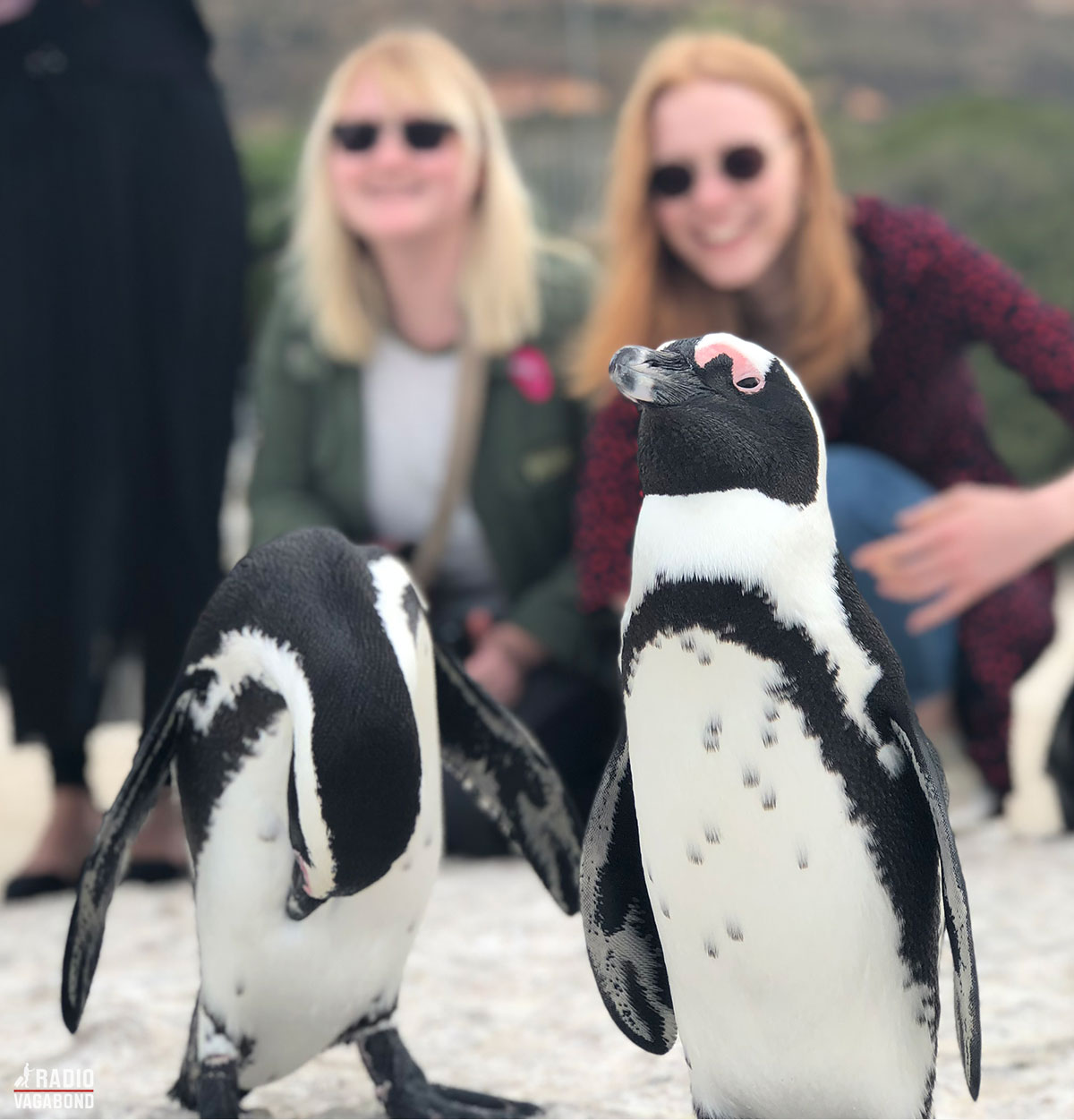
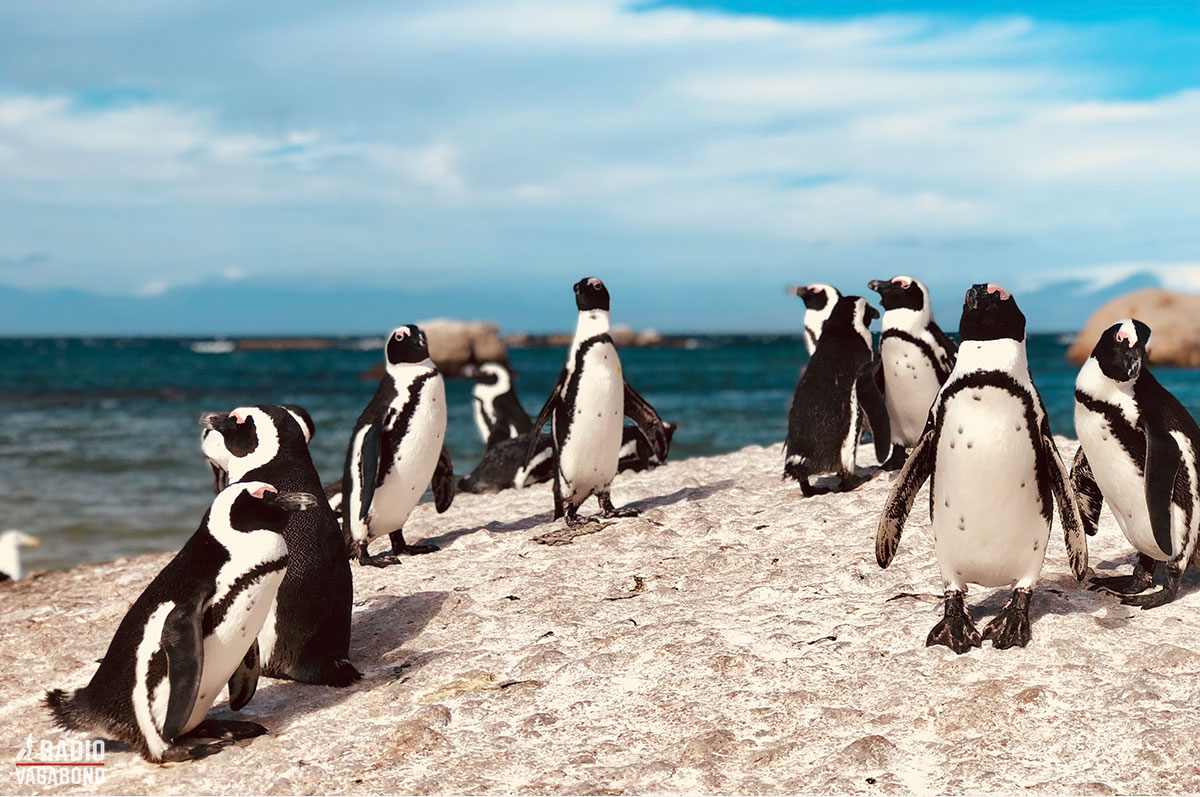



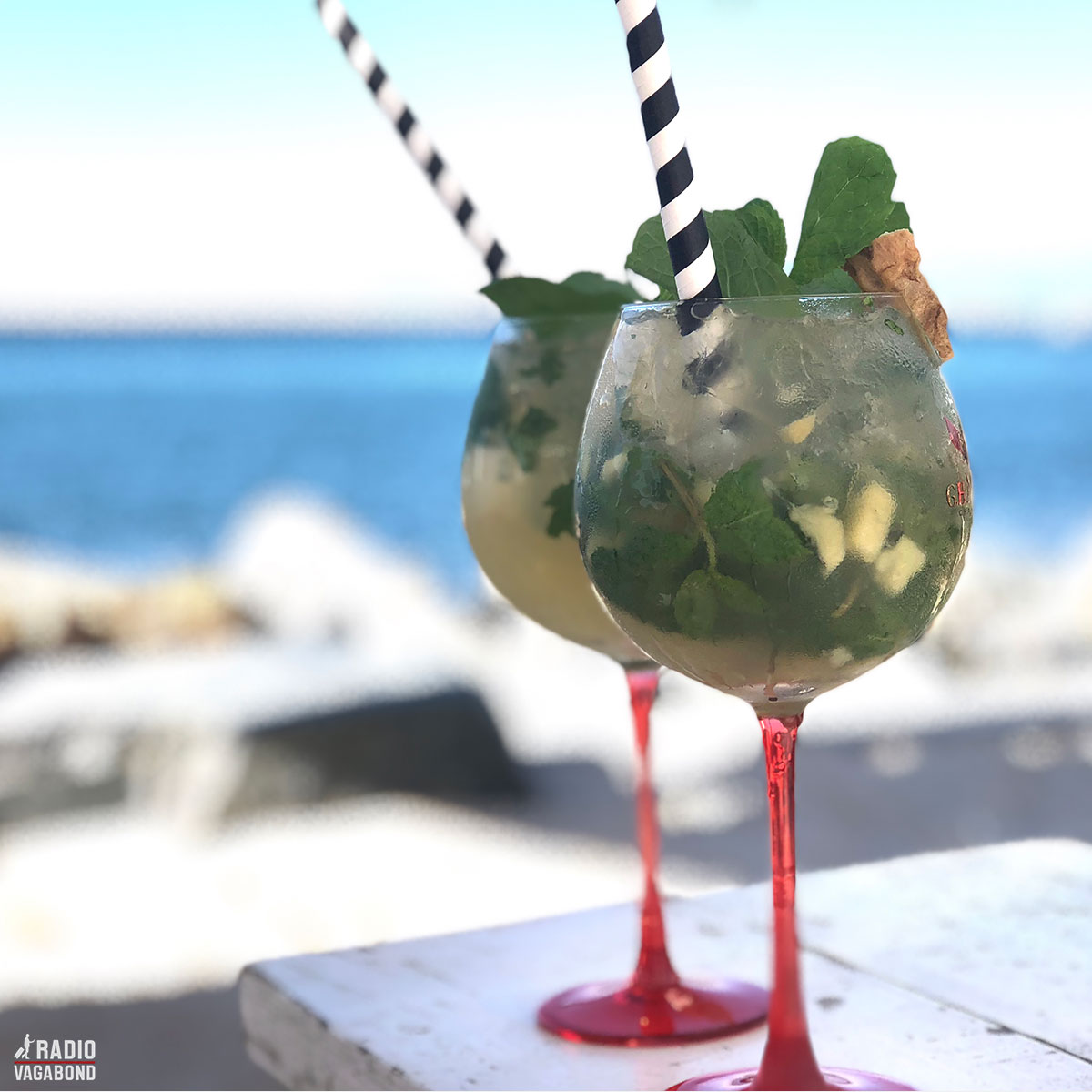
Also, you should check what is playing at the Artscape Theatre Centre. They always have something interesting on. On my visits to Cape Town, I’ve seen everything from stand-up comedy and youth plays to large-scale productions of ballet and musicals. I’ve seen both Swan Lake, Dirty Dancing, and West Side Story. The tickets are very inexpensive compared to western prices.
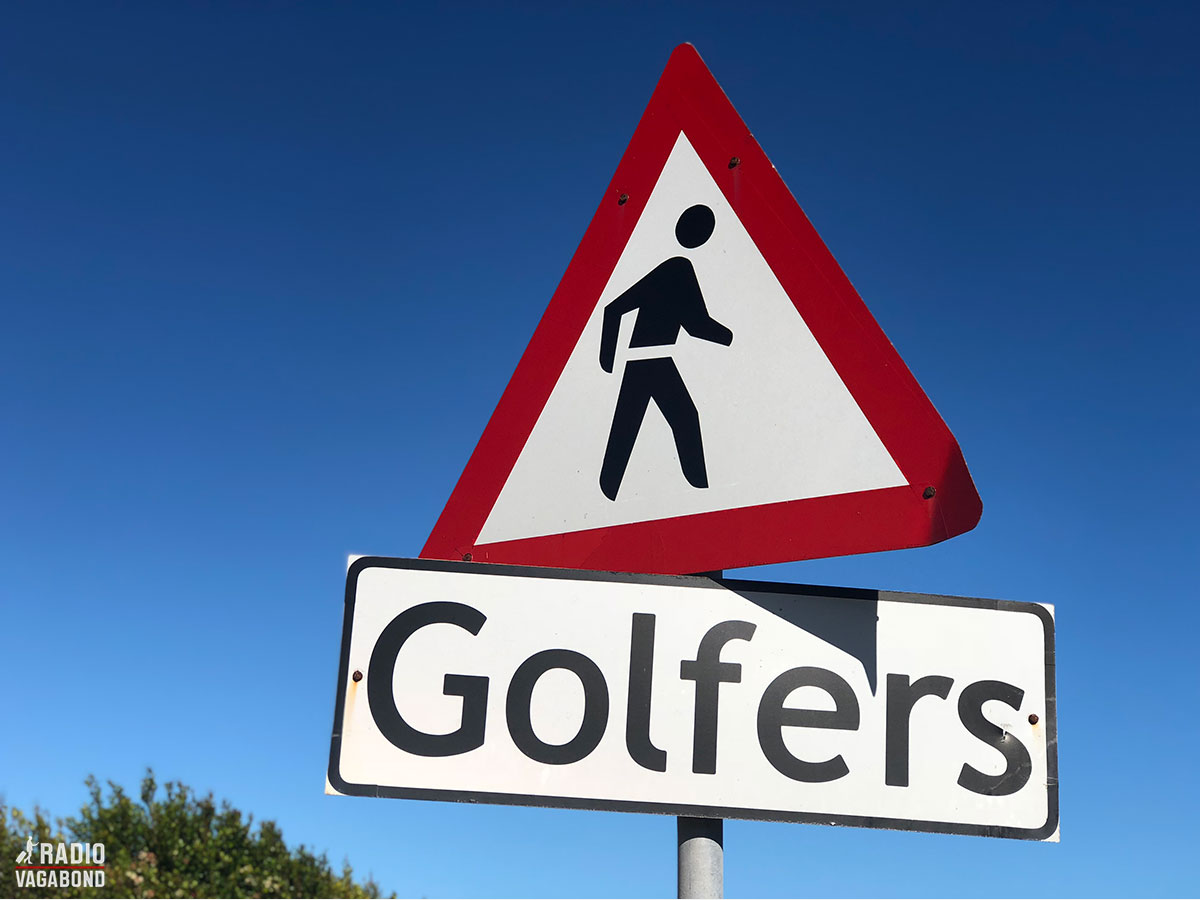
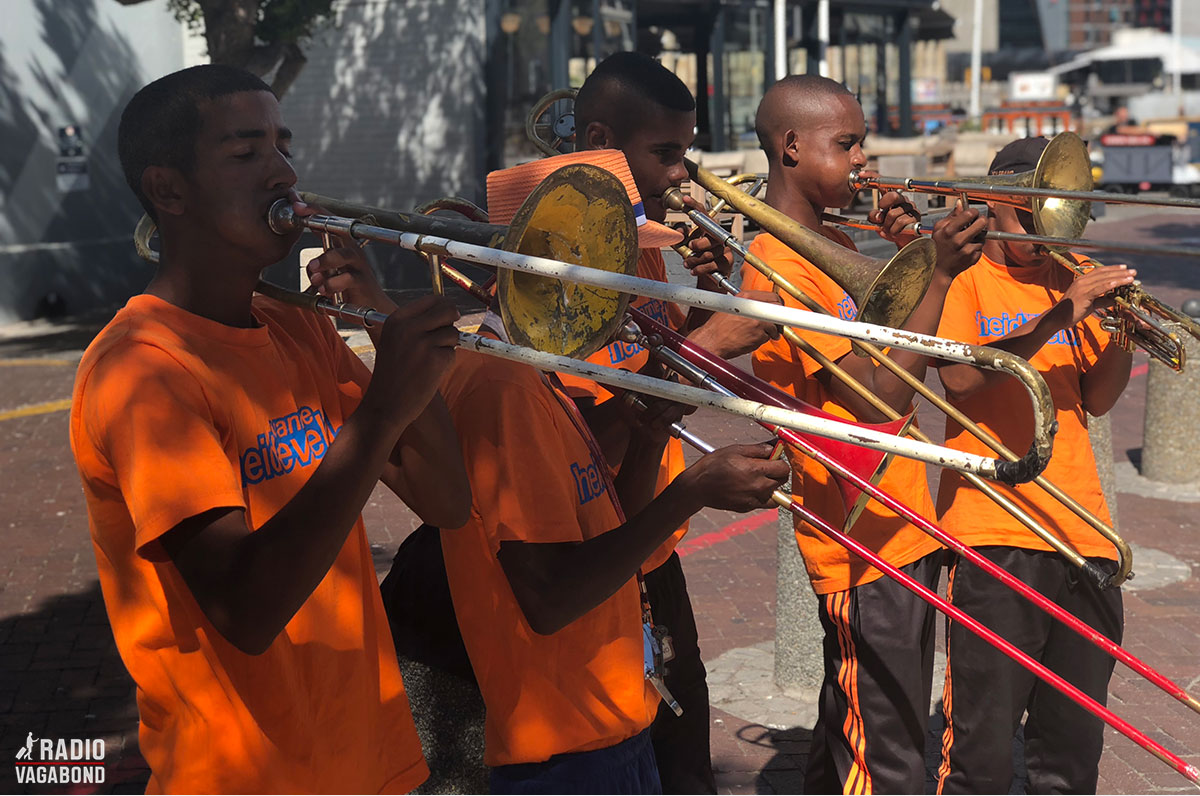


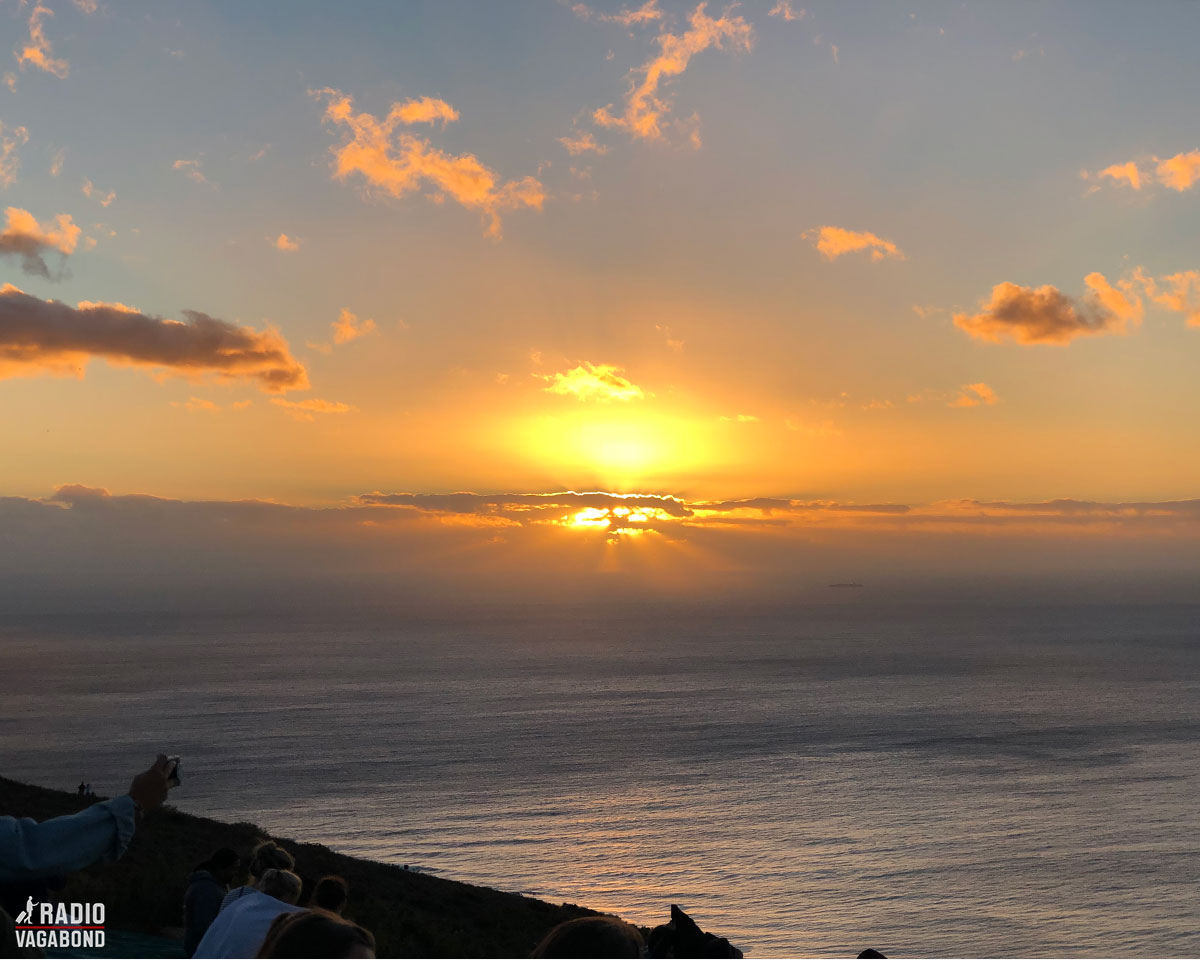
That’s all from me for now.
Until the next time, sien julle later!

